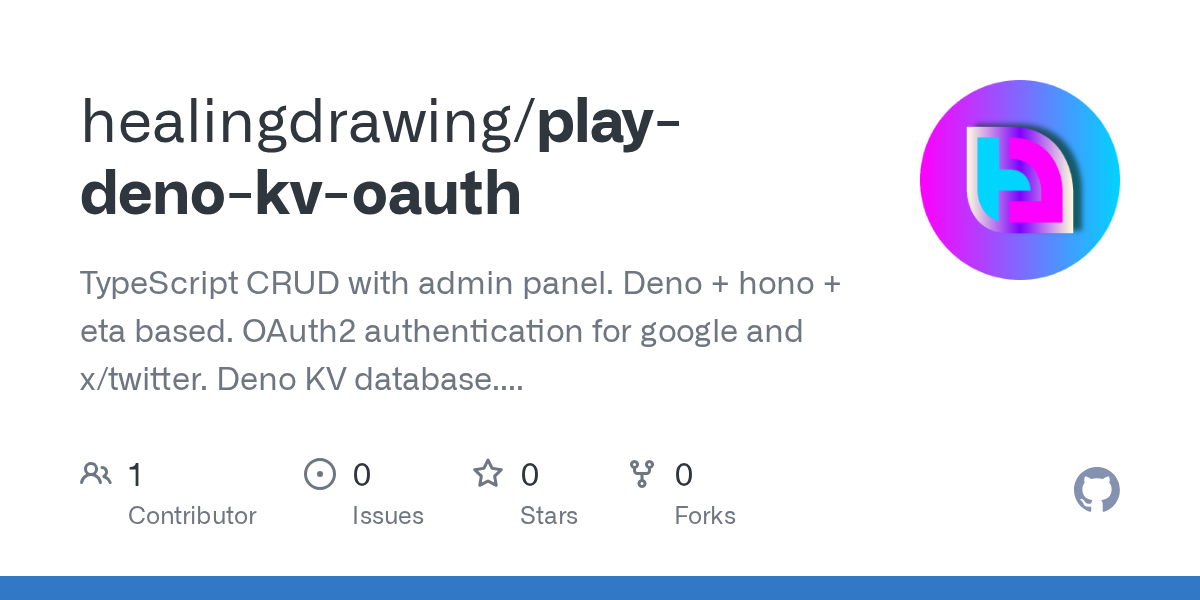deno_kv_oauth + hono how to fetch data from google profile: state, plans, method names changing.
In code examples i found in internet, used methods which already not the part of deno_kv_oauth.
The attached code in file is my attempt to get data from google. At the moment it does not work.
Here is shorten version.
- Is there examples how to manage data for case of google(actually i plan to implement use facebook for authentication too)?
- Will the future versions of deno_kv_oauth have changes in method names and structure of the lib?
The attached code in file is my attempt to get data from google. At the moment it does not work.
Here is shorten version.
main.tsx3.98KB

